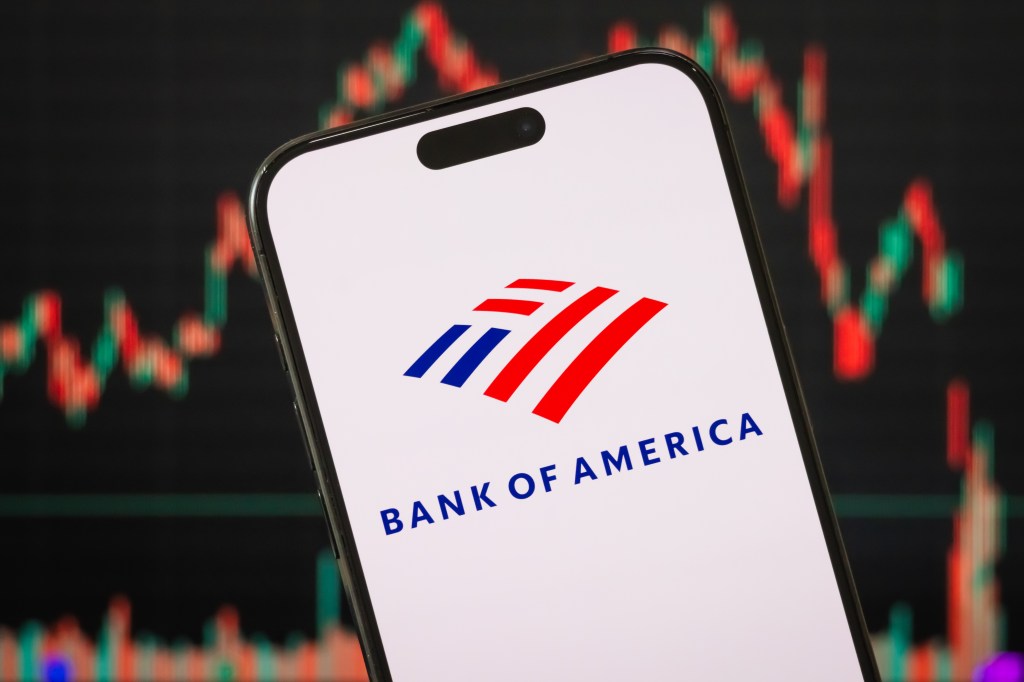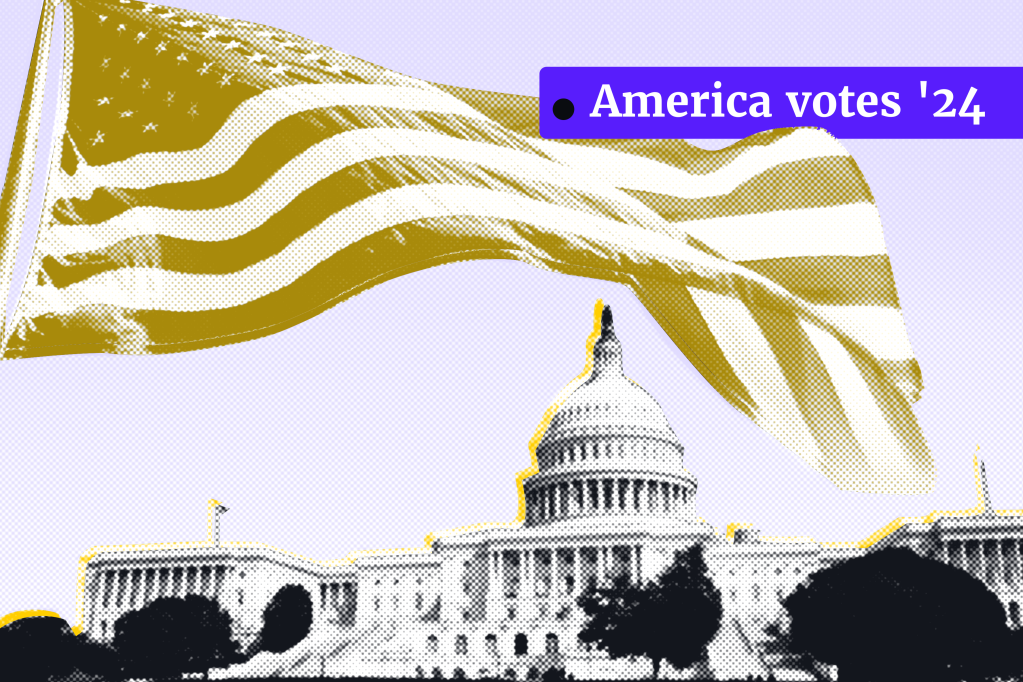The US presidential race is one that polls have noted as exceedingly close right now. Companies are legitimately looking ahead and trying to see beyond the uncertainty surrounding the outcome of the election to assess what outcomes will mean for policy and regulation coming out of Washington.
The WSJ-Dow Jones and GRIP have dug into some of these issues here, and we’ll touch on these points more before decision day arrives in early November.
Let’s get started.
More tariffs are likely
Former President Donald Trump has said he would roll out new tariffs with a potential 10% across-the-board duty on imported goods and a 60% tariff on goods from China. During his presidency, Trump kicked off a new era of tariffs with duties on a wide-ranging list of goods, especially from China.
Vice President Kamala Harris hasn’t indicated a desire to deviate much from President Biden’s trade policies, although she has criticized Trump’s tariff plan. The Biden administration kept most of the tariffs imposed by Trump in place, and then added further duties on Chinese steel, semiconductors and electric vehicles.
Both Democrats and Republicans are using tariffs as a tool to tackle trade and geopolitical issues, and that isn’t likely to change. This will continue to affect sourcing and manufacturing decisions of US companies, many of which are pulling away from China or planning to do so, the WSJ said.
Corporate tax rate: How high or how low?
Harris has endorsed increasing the levy to 28% from its current 21%.
Trump, for his part, recently told executives he wanted a 20% corporate tax rate and has floated a levy as low as 15%.
With the election less than three months away, a top question from company insiders is what rate to model for, tax advisers say. Their current response: around 25%, the WSJ noted.
Sanctions will remain popular
Trump in his time as president ratcheted up the use of sanctions and similar tools, particularly targeting China. However, recently, Trump said he didn’t “love” sanctions but had found them useful with Iran.
The Harris campaign recently tapped Brian Nelson, a former Treasury official who until recently headed the department’s efforts to counter illicit finance, as a member of her team. Observers roundly expect that Harris’s approach would at least mirror, and perhaps be even tougher, than that of the Biden administration, which added 1,621 entities and 879 people to its sanctions list in 2023, according to the Center for a New American Security.
The zealous use of the tool – a low-cost way to press the US’s agenda abroad – will likely continue as a permanent feature of US foreign policy, regardless of who wins this year’s presidential election, the WSJ said.
Regulatory pace
As of late May, the Biden administration had issued 273 economically significant rules – more than any of the past six administrations managed to accomplish in the entire four years of their first term. Regulators have made it clear that additional rules are in the works. But many of the president’s most ambitious rules are facing legal and business resistances.
Heightened political polarization coupled with the Supreme Court’s rulings on administrative power are injecting unpredictability into the rule-making process. Irrespective of the election outcome, the wave of legal challenges to some of the business-focused rules will have to make its way through the legal system, the WSJ said.
Cybersecurity, digital privacy and AI
In the US, a complex patchwork of legislation across states, cities and counties offer more explicit rules that regulate digital privacy, cybersecurity and technology, such as artificial intelligence.
As the WSJ points out, agencies such as the SEC, Cybersecurity and Infrastructure Security Agency (part of the Homeland Security Department), Transportation Security Administration, and New York Department of Financial Services have different rules on whether ransom payments must be reported – and by when – to the regulator.
And 19 states have passed their own privacy laws that companies need to follow.
In the AI arena, without any clear guidance on AI-generated images and videos from the federal government (yet), companies (and some states) are creating their own rules for it.
What lawmakers and businesses agree on is the need for a federal law instead of the patchwork system that is happening now, especially since some states are not just stopping at rulemaking and are also picking up their enforcement activity, said the WSJ.
Sustainability initiatives
From my perspective at GRIP, when it comes to the future of some renewable-energy projects, some have been on hold due to high borrowing costs, and a lowering of those costs could spur them into action.
The Biden-Harris administration secured clean energy advancements and gains against climate change with the incentives built into the Inflation Reduction Act, and Harris has signaled her enthusiasm for continuing the momentum.
If Trump follows the playbook of Project 2025, as drafted by the Heritage Foundation as an agenda for the next conservative administration, it would prioritize policymaking centered around fossil fuels. As president, Trump pulled the US from the Paris Agreement on climate change and removing regulations on drilling for oil and gas.
But it’s hard to deny that the sustainability movement has already gained momentum, shown some economic benefits, generated significant investor and consumer interest, and is being discussed against the backdrop of 2024 being predicted to supersede 2023 as the warmest year ever recorded.
Interest in continuing these initiatives seems to be here to stay to some extent, even if just to save money and reap tax credits. (My favorite example: The Kentucky Coal Mining Museum switched to solar-generated energy, noting that solar energy saved it money.)
And no administration can dictate energy-related objectives alone, as Congress could act on its own, although its composition is up in the air until this election too.
Focus on antitrust
It seems likely Harris would continue Biden’s tough antitrust enforcement, as their administration has spoken about how some large corporate names abused their strong market positions and engaged in behavior they contend has harmed consumers and made it harder for people to buy necessary goods. The San Francisco Federal Reserve did a study on markups in May and, it said, in the aggregate, profit-taking was not a leading cause of inflation when it started to spike.
In contrast, Trump might continue current tech antitrust enforcement cases – since some have bipartisan support (with his running mate expressing support for a strong antitrust regulatory posture in the past) – but he could be more willing to give a green light to large tech mergers and acquisitions to remain friendly to Silicon Valley.
He’s likely to have less strict antitrust enforcers at the helm of the Department of Justice, but he’s mostly stuck with the Federal Trade Commission, since commissioners serve seven-year terms.
Union activity
Both candidates are articulating support for workers and organized labor on the campaign trail, and the states that will decide the election – such as Michigan, Pennsylvania, Wisconsin and Nevada – have an outsized number of unionized workers.
The number of strikes and strike threats has increased, with over 450,000 workers striking in 2023 – in fact 2023 was one of the three biggest strike years since 1990.
And unions have won victories at companies that were previously nonunion, including Starbucks, Trader Joe’s, Wells Fargo, and REI. No matter who wins, a large number of workers are organizing or considering organizing around both higher pay and non-wage issues (the “union curious”), and increasingly including women in leadership roles.













